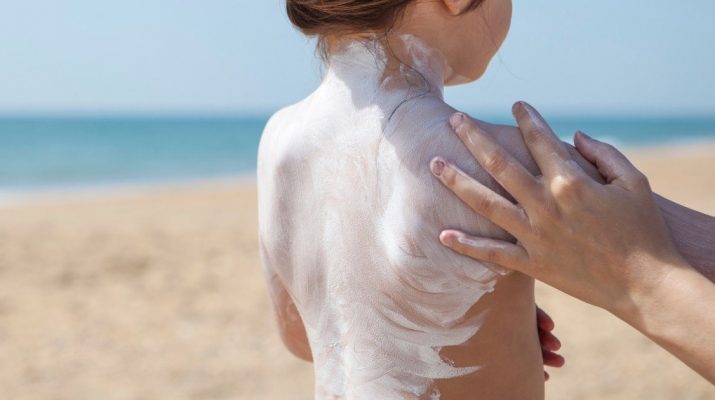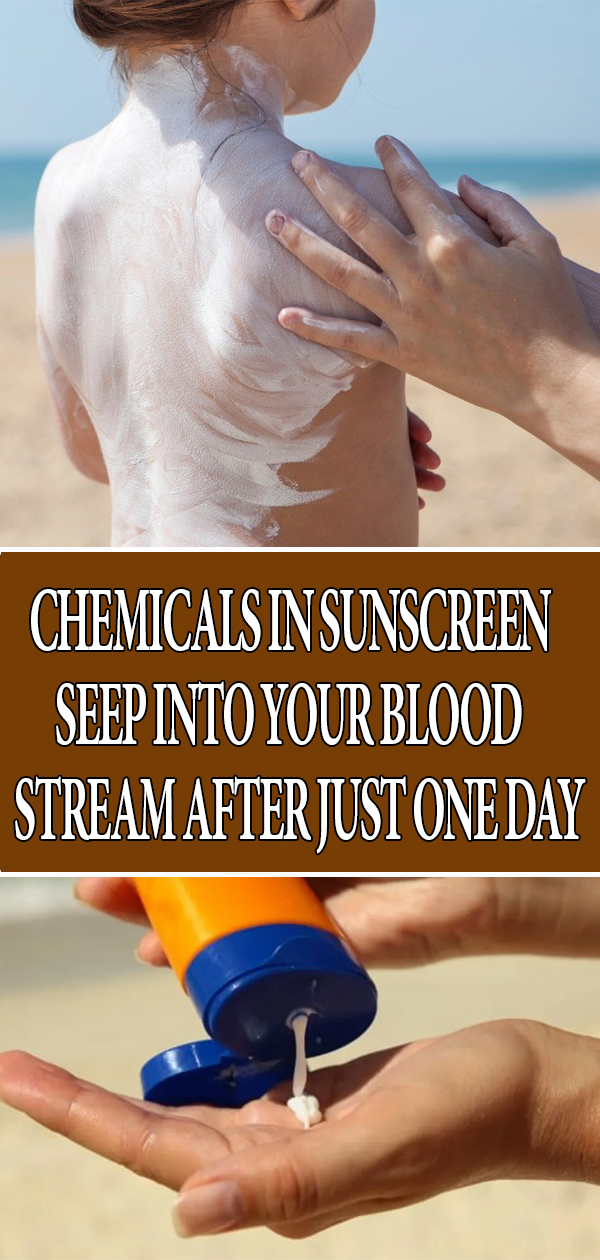We are constantly being reminded of the importance of using sunscreen before stepping out into the blazing hot sun to stay protected from the cancer-causing UV rays.
Yet, the findings of research from the U.S. Food and Drug Administration (FDA) indicate that many of the chemicals in the sunscreen are not rinsed off afterward, but enter the bloodstream to an excessive extent.
Even though the effects of this seepage are still unclear, this definitely supports the need for further FDA investigation.
Apparently, we kept using vast amounts of sunscreen in order to prevent skin cancer, without having them tested about their effects on our health.
JAMA Dermatology editor-in-chief Kanade Shinkai and former FDA Chairman Robert Califf explain that sunscreens have not been subjected to standard drug safety testing, and no appropriately designed trials have been conducted to determine the optimal sunscreen dose needed for a balance of risk and benefit.
Researchers investigated the concentration of 4 active ingredients in the bloodstream of 24 participants, avobenzone, ecamsule, octocrylene, and oxybenzone. Participants applied of the sunscreen types—spray, lotion, or cream—four times daily for four days on exposed skin, uncovered by a swimsuit.
What researchers found was that oxybenzone, in particular, reached the plasma concentration threshold two hours after a single application and exceeded 20 ng/mL by the seventh day of the study.
Shinkai and Califf explained that these findings raise numerous questions about the ways the sunscreen industry, clinicians, specialty organizations, and regulatory agencies evaluate the benefits and risks of the use of these products.
Initially, it should be determined if the systemic absorption of sunscreen poses. Then, researchers should also evaluate the effects of different sunscreen formulations, clinical characteristics, sun and water exposure, and physical activity level on systemic sunscreen levels.
Therefore, U.S. sunscreen brands will now be requested to submit additional data regarding bloodstream absorption to the FDA, and if the sunscreen gets absorbed beyond recommended limits, regulators will evaluate the potential risks.
The new rules are expected to be finalized in November, and meanwhile, make sure you wear protective clothing, sunglasses, and hats, to lower the exposure to carcinogenic rays.
Also, experts maintain that the beneficial effects of sunscreen far outweigh the deadly risk of skin cancer. You can also choose natural mineral-based sunscreens, or make your own homemade natural alternatives.
Here is one recipe that you can try:
Homemade Sunscreen
Ingredients:
- A ¼ cup of coconut oil (natural SPF 4)
- ½ cup almond or olive oil
- ¼ cup beeswax
- 2 Tablespoons Zinc Oxide
- 2 tablespoons Shea Butter (natural SPF 4-5)- optional
- Up to 1 teaspoon Red Raspberry Seed Oil– optional
- Up to 1 teaspoon Carrot Seed Oil– optional
- Essential Oils, Vanilla Extract or other natural extracts — optional
Instructions:
In a smaller glass jar, mix all the ingredients except zinc oxide.
Fill a medium saucepan with a few inches of water, place it over medium heat, and put a lid on the jar loosely. Then, place the jar in the pan with the water, to melt the ingredients as the water heats. Shake or stir occasionally.
When completely melted, add the zinc oxide, stir well, and pour the mixture into a suitable container for storage.
Store it at room temperature, and note that it is not waterproof, so you should reapply it after swimming or sweating.


